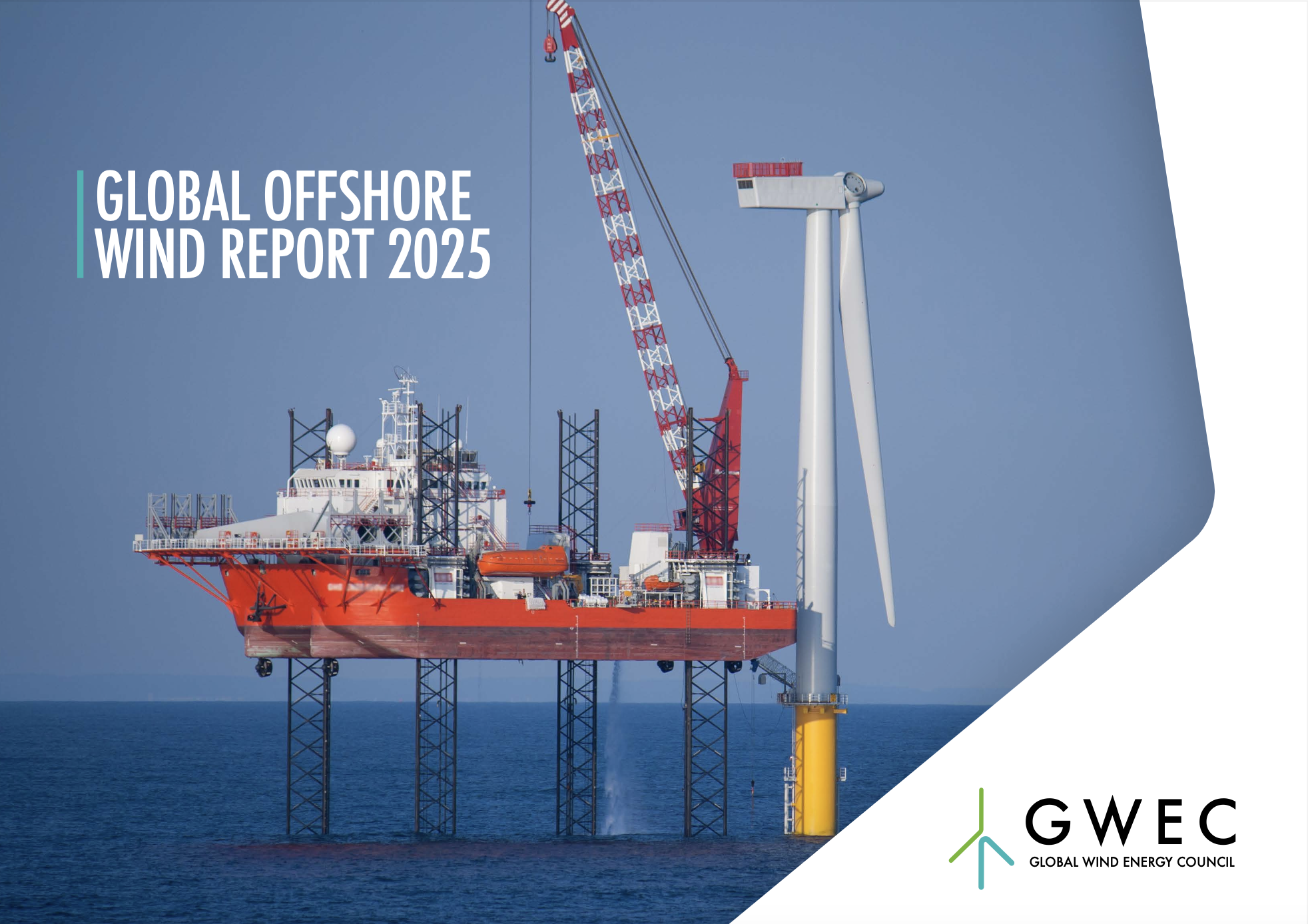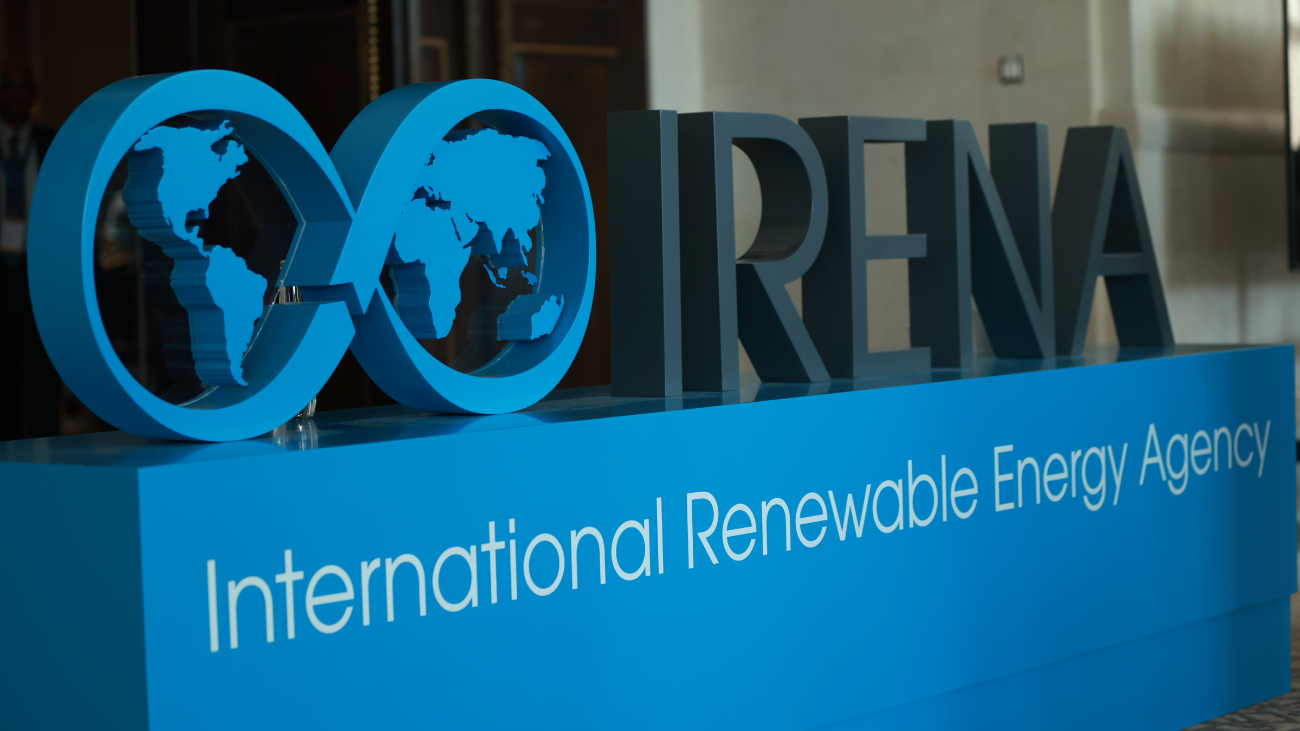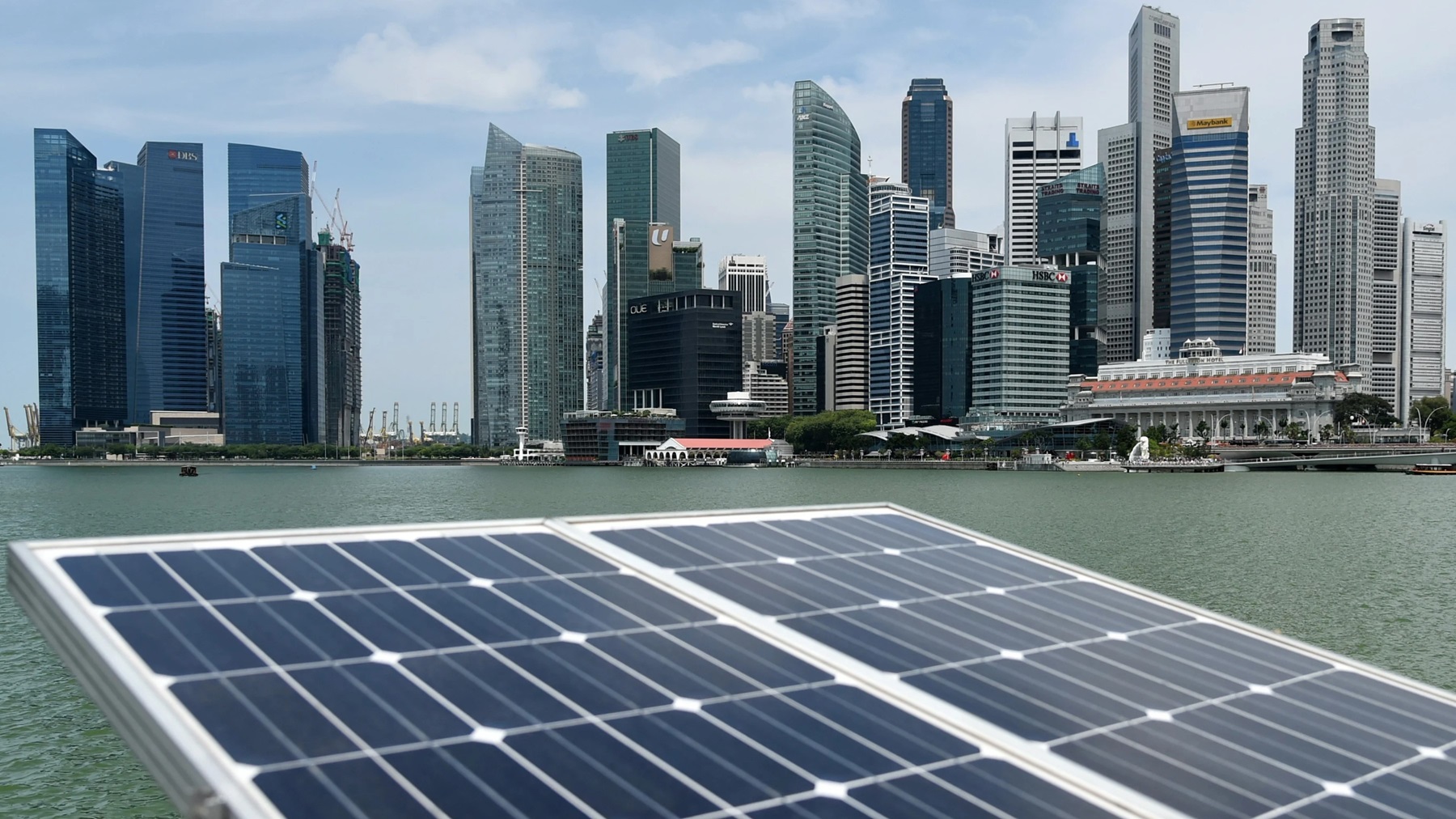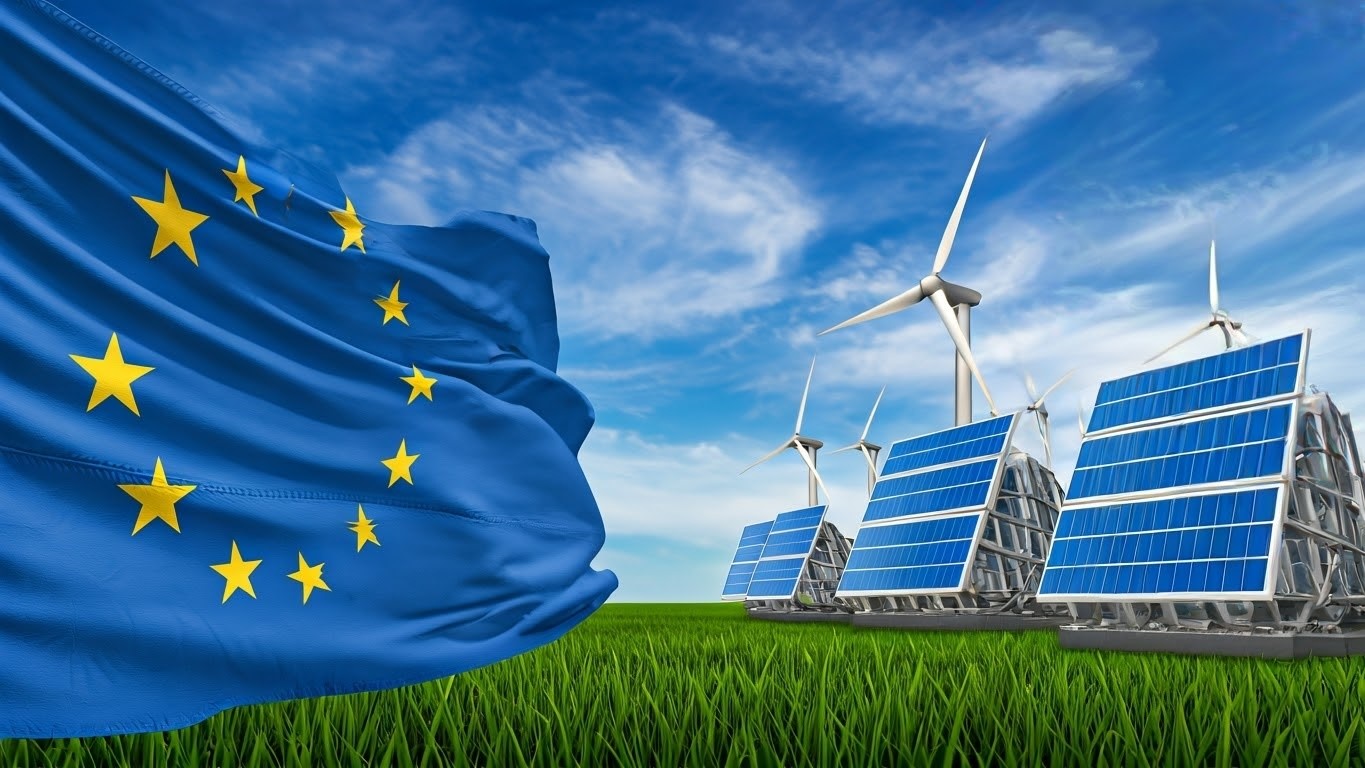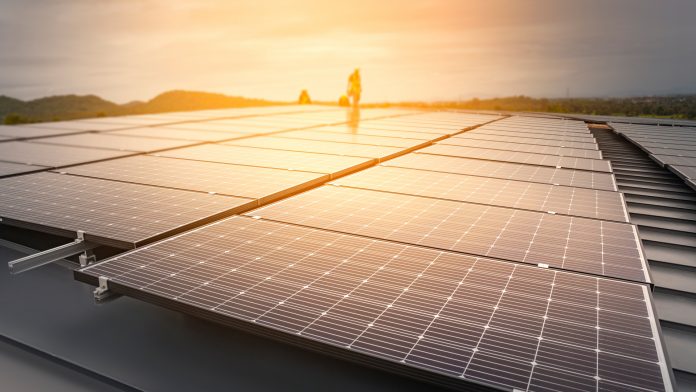The Global Wind Energy Council’s flagship Global Offshore Wind Report shows that the offshore wind industry added another 8GW of capacity in 2024, making it the fourth highest year ever. This brings total installed offshore wind capacity globally to 83 GW – enough to power 73 million households.
Government auctions awarded 56 GW of new capacity globally last year, a record figure, while the industry is already constructing another 48 GW of offshore wind worldwide, also a record figure. The report highlights the significant policy and regulatory breakthroughs that are forming the next stage of offshore wind markets in countries including Japan, South Korea and the Philippines.
However, despite the strong pipeline, the report shows that macroeconomic headwinds, failed auctions, supply chain constraints and increasing policy instability, particularly in the US, have contributed to a downgrading of GWEC’s short term outlook.
The report warns that, whilst the fundamental case for offshore wind has never been stronger, the sector is facing an inflection point. GWEC recommends that industry and governments now need to urgently work together to redesign auction processes to focus on delivery and better risk sharing so that offshore wind can fulfil its vital role in providing large scale and secure clean power. The report also finds that the fundamentals of offshore wind have not changed, and the mid-term outlook remains strong.
GWEC’s Global Offshore Wind Report shows there is now 83GW of offshore wind capacity across the world, enough to power 73 million households. GWEC’s Market Intelligence team forecasts annual offshore wind capacity installations to grow from 8GW in 2024 to 34GW in 2030. However, GWEC’s short-term outlook is 24% lower than the previous year’s forecast due to a negative policy environment in the US and auction failures in the UK and Denmark. Adding to these challenges are transmission delays in Europe and slower commissioning in the APAC region, meaning that, while growth continues, it is happening at a slower pace.
Annual growth rates are expected to be 28% until 2029, and 15% up to 2034, which, in capacity-terms, means the industry will still sail past the milestones of 30GW annually in 2030 and 50 GW by 2033.
While near-term growth is concentrated in the already established markets in Europe and China, GWEC reports offshore wind pushing into new regions such as Asia-Pacific and Latin America. In Japan, South Korea, Philippines, Vietnam, Australia, Brazil and Colombia, government is working with the industry to establish policies and regulations to fast-track offshore wind. This signals policymaker commitment and sets the stage for the sector’s next wave of market expansion.
The Key Data
-
In 2024, 8 GW of new offshore wind capacity was grid-connected worldwide. New additions were 26% lower than the previous year, making 2024 the fourth-highest year in offshore wind history.
-
The global offshore market grew on average by 10% each year in the past decade, bringing total installations to 83.2 GW, which accounted for 7.3% of total global wind capacity as of the end of 2024.
-
China led the world in new offshore wind installations for the seventh year in a row, followed by United Kingdom, Taiwan (China), Germany and France. The top five markets made up 94% of the new additions in 2024.
-
China is the absolute market leader for cumulative offshore wind installations, accounting for half of the global market share, followed by the UK. Germany, the Netherlands and Taiwan (China) complete the top five. Offshore wind pioneer Denmark dropped out of the top five for the first time.
-
At the end of 2024, a total of 278 MW net floating wind was installed globally, of which 101 MW in Norway, 78 MW is in the UK, 40MW in China, 27MW in France, 25 MW in Portugal, 5 MW in Japan and 2 MW in Spain.
The report forecasts a compound average growth rate of 21% for the offshore wind industry, which means another 350 GW of offshore wind energy capacity to be added over the next decade (2025–2034), bringing total offshore wind capacity to 441 GW by the end of 2034.
Annual offshore wind installations are expected to double in 2025, triple in 2027 and then sail past the milestones of 30 GW in 2030. By 2034, they are expected to reach 55 GW, bringing the offshore share of new wind power installations from today’s 7% to about 25%.
China and Europe will continue to dominate offshore wind growth going forward but their global market share in cumulative installations is expected to drop to 89% in 2029 and 84% in 2034, because of growth in markets outside the two key markets in APAC, North America and Latin America.



